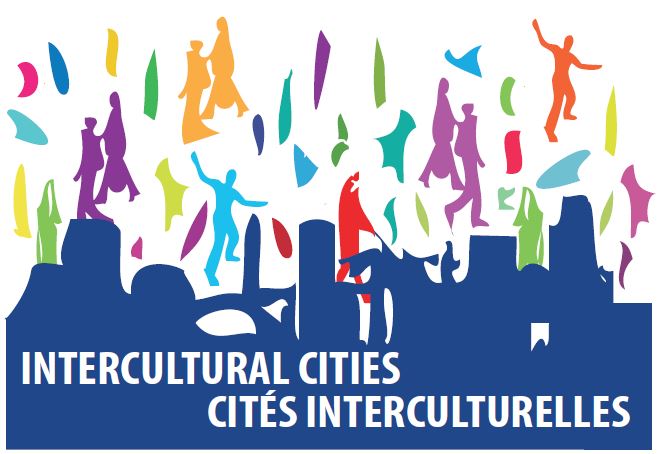Concept
The municipal council in Botkyrka has developed specific systems to advance the goal of an equal Botkyrka and give expression to its values that include: citizen-focus, diversity as an asset, staff competence, flexibility and adaptability of organisation, and commitment to realising citizen’s entitlements.
The city combats systemic discrimination through goal-driven and evidence-based processes and activities. This is a comprehensive approach covering the workplace and service provision and encompassing a range of groups experiencing inequality.
Foundation
This approach is rooted in the ‘Strategy for Equality in Botkyrka’, which sets out the long-term ambitions of the municipality for a more equal Botkyrka.
It is based on the Discrimination Act, as amended in 2017, which provides for a duty on employers to take a goal-oriented approach to advance equality on the grounds of sex, transgender identity or expression, ethnicity, religion or other belief, disability, sexual orientation and age. Employers are required to draw up a plan for equality at work and take active measures for equality based on an investigation of the current situation in the organisation.
This approach builds on a subsequent analysis by the city, which led the municipal council to expand this approach to include its externally-focused operations.
Progress
Equality in the workplace is pursued through active measures in four development areas to achieve: a representative workplace where employees reflect the composition of the community; a work environment that is free from discrimination and respectful of difference; a knowledge base among employees in relation to equality, diversity and non-discrimination and the management of such issues; and an internal structure and procedures for goal setting, planning, development and follow-up for equality. This approach follows guidelines published in 2017.
Equality in external operations is based on five strands of action, to: survey and analyse current situation and development, map and analyse differences between groups and the opportunities and influence of different groups; formulate goals, ensuring the needs and situation of different groups are considered and a contribution to equality is achieved; monitor goals and results across the different groups; assess the consequences for equality, checking how decisions at different levels affect different groups; and strengthen the competence of staff to contribute to a more equal city. This approach follows guidelines published in 2017, with appropriate structures and procedures are required for their implementation.



